In recent years, artists like Chance the Rapper have glorified the idea of abstaining from affiliating their brand with a major record company. But musicians, managers, or independent labels without a substantial financial backing face an uphill battle that doesn't get easier over time.
When it comes to marketing oneself, the thought can be daunting. How to take advantage of all of the opportunities that social media and streaming services offer is a question that discourages many, and baffles more.
As the digital marketing director at Republic Records, Alex Ciccimarro works with companies such as Cash Money, XO Records (The Weeknd) and more to ensure that his roster's brand is seen and voices are heard above all others in the digital media landscape. He previously assisted in the digital marketing initiatives at Atlantic Records, assisting in breaking acts such as Kodak Black, Cardi B, as well as spearheading the digital charge for Hamilton, the Musical.
The list below are a list of time-tested tactics that Ciccimarro has used to break new artists.
Understand the purpose of digital marketing
Before diving into a digital marketing rollout, one must understand what they want their initiatives to accomplish.
“People think digital marketing is blasting music out in an email, maybe pitching to get some placements from influencers, or pitching to [Spotify’s] Rap Caviar [playlists]," Ciccimarro explains. “That’s not digital marketing.”
He continues, “It’s creating awareness and then bringing that audience into your network, which is your website and your social media platform. Then find out how to the most amount of those people to buy into you so you can talk to them on a regular basis...If you’re not doing that, you’re not doing the work.”
Influencer marketing
According to ION, via FORBES, 71% of consumers are more likely to make a purchase based on a social media reference. With that being said, adding a budget to get your music talked about by an influencer and/or placed in their videos is vital is vital for raising awareness.
Ciccimarro suggests targeting accounts with 5,000-10,000 followers or less. Though approaching smaller accounts may not reach a large amount of people initially, implementing a targeted focus increases engagement and fan acquisition over time without breaking the budget in the process.
“If I’m a new artist I’m probably not going to get Cardi B to post my [music] unless she really loves it,” Ciccimarro explains. “But, you might be able to get the influencer from the town you’re from.”
Owned audiences
“The idea behind this is simple: Get your fan's information and talk to them,” Ciccimarro says.
Whether it’s an email address or a phone number, content creators must learn how to get ahold of their fan’s information beyond a social media handle.
Let’s suppose you have a total of 7,000 followers across your social media accounts - Facebook, Twitter, Instagram and Snapchat - but no way to contact them outside of your accounts. If, for some reason, any, or all, of the aforementioned platforms disappear tomorrow, how would you keep in contact with the follower base you worked so hard to obtain?
Apps like SuperPhone exist to stand in the gap. The app, created by songwriter and producer Ryan Leslie, generates a new phone number for its users, and allows them to obtain a contact list that can be texted or called at any time.
Ciccimarro suggests that the best way to grow an audience is to provide more value to the fans/consumers than you ask for in return, crediting Gary Vaynerchuk and his “Thank You Economy” philosophy as the basis of his tactics.
“If you’re the mom and pop hardware store, how do you get repeat business? Your job is to know everybody who comes in and out of your store…[you] stay afloat by knowing all [your] customers.”
